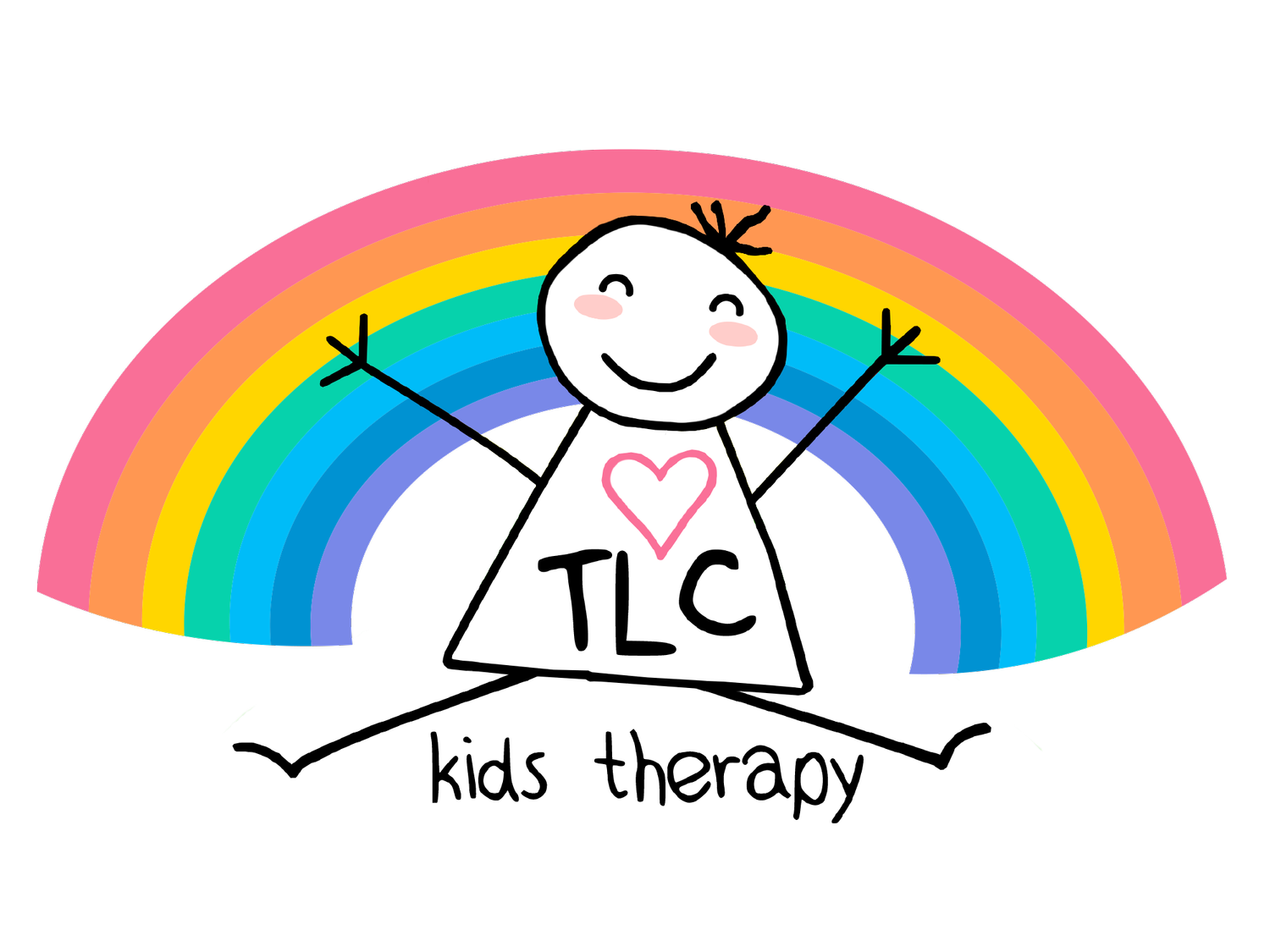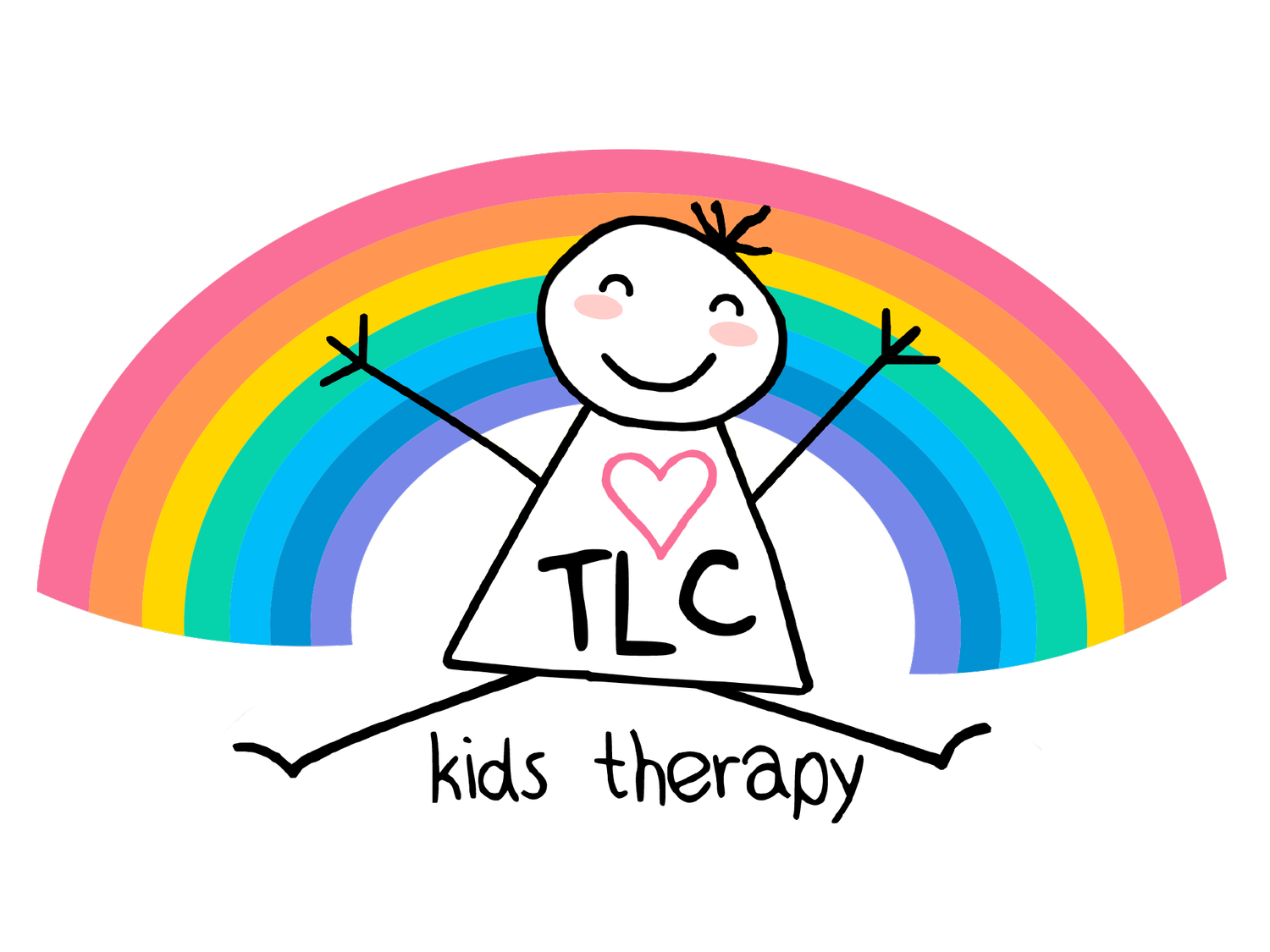Physical Therapy
FAQs
-
Physical Therapy (PT) is an intervention that focuses on helping individuals (in TLC’s case, children) with physical impairments that are impacting their mobility, balance, coordination, quality of movement, or age-appropriate gross motor skills. Pediatric physical therapists examine and treat children from birth to age 18 for symptoms related to genetic, neurological, and orthopedic conditions. At TLC Kids Therapy, a typical session may include manual techniques to address the limitations of myofascial or soft tissue mobility, positional techniques to facilitate postural alignment, development of gross motor skills such as rolling, crawling, walking, jumping, riding a bike, climbing stairs, climbing stairs, and transitions between positions. Other common interventions include flexibility training to maximize range of motion, general strength training through everyday play, and gait training to improve running and walking patterns. Family education is essential to success in physical therapy and a recommended individualized home exercise program will be given to each family to ensure carry over of skilled physical therapy intervention. Physical therapy commonly collaborates with occupation and speech therapy (if needed) to optimize your child’s success in the home and school environment.
-
Abnormal Gait Pattern: Frequent falling and/or stumbling.
Hypertonia (High Muscle Tone): Uncontrollable muscle spasms, stiffening, straightening out of muscles.
Hypotonia (Low Muscle Tone): Looking “floppy”, being unable to keep up with peers.
Delayed Milestones: Is your child delayed in gross motor skills? Read more to find out.
Decreased Flexibility/Restrictions in Range-or-Motion: Sports injuries or surgery recuperation.
Ligament Laxity: “Double-jointedness”.
Asymmetrical Movement Patterns: Able to roll to one side, but not the other
Poor Posture: Preference for “W-Sitting” or having trouble sitting up straight in chairs.
Frequent Loss of Balance
Core or Lower Extremity Weakness
Lack of Coordination
Pain
-
Therapeutic Exercise: Includes activities related to range of motion, endurance training, flexibility, and strength.
Reflex Integration: Residual reflexes can lead to difficulties with coordination, balance, postural control, and fine and gross motor skills including walking, running, jumping and climbing.
Myofascial Release (MFR) and Manual Therapy: MFR is a “hands-on technique that involves applying gentle sustained pressure into the myofascial connective tissue restrictions to eliminate pain and restore motion”. Other manual therapy techniques include soft tissue massage (STM), passive range of motion, manual traction, scar mobilization and joint mobilization/manipulation to optimize range of motion and to decrease pain.
Therapeutic Activity: Functional and simple tasks that directly imitates real-life activity such as throwing a ball, kicking a ball, pushing a cart, squatting down to pick up objects from the floor, bike riding, walking, etc. If your child has difficulty doing an activity at home or in school, we can work on that task in therapy!
Gait Training: This includes learning how to walk, use of orthotics, assistive device training if needed, and restoring normal gait mechanics such as heel-toe walking.
Neuromuscular Re-education: Re-training a body part to perform a movement pattern that it could previously do. This also includes balance and coordination training.
Family Education: This may be the most important intervention. As therapists, we will do our job in the clinic, but the child’s family/caregiver is expected to carry out the home exercise program issued by the evaluating therapist to ensure success in therapy. If a home exercise program is not given to you, please speak with your therapist as soon as possible. The home exercise program will be individualized to your child’s needs and will be updated as needed.


